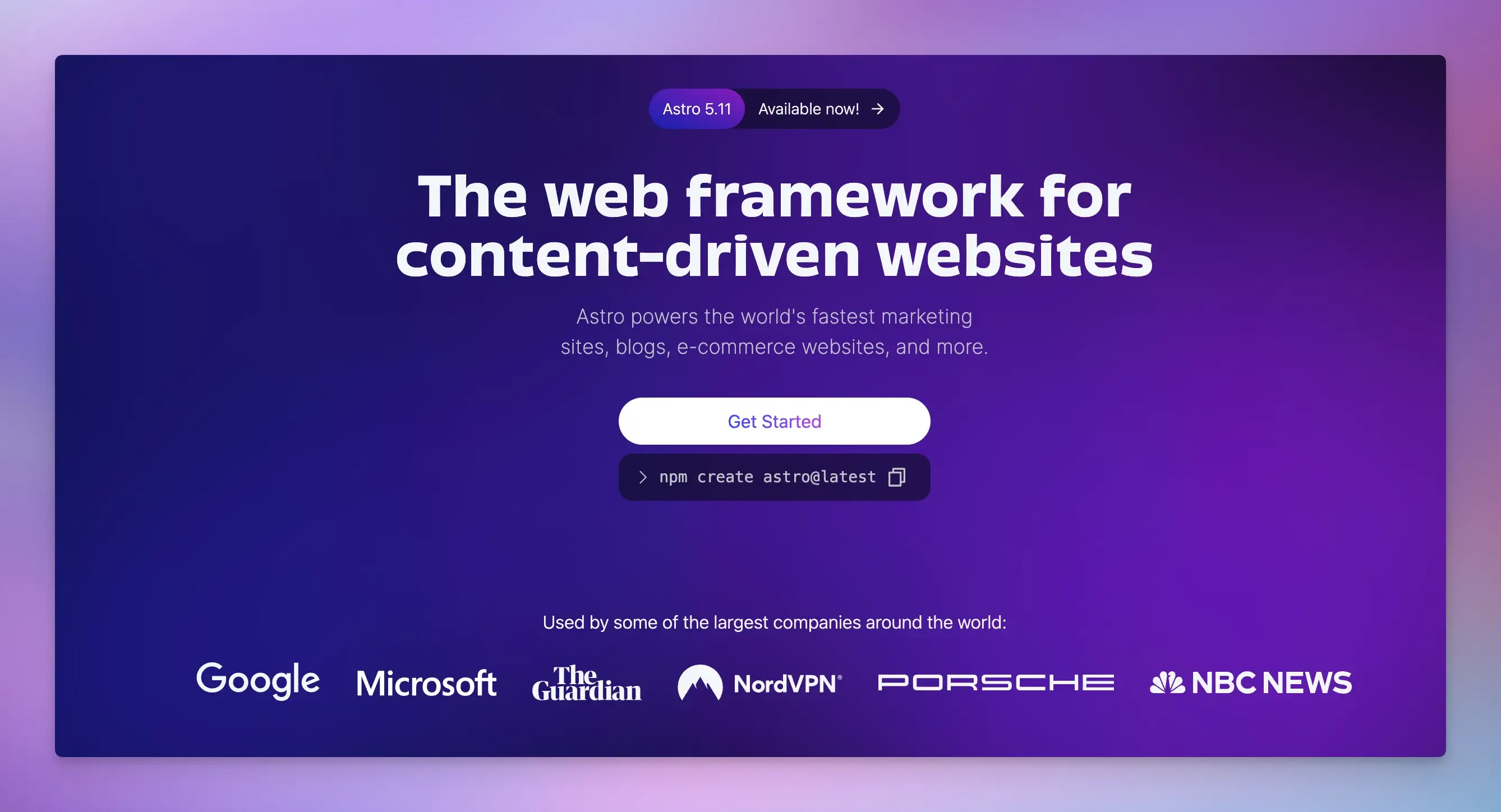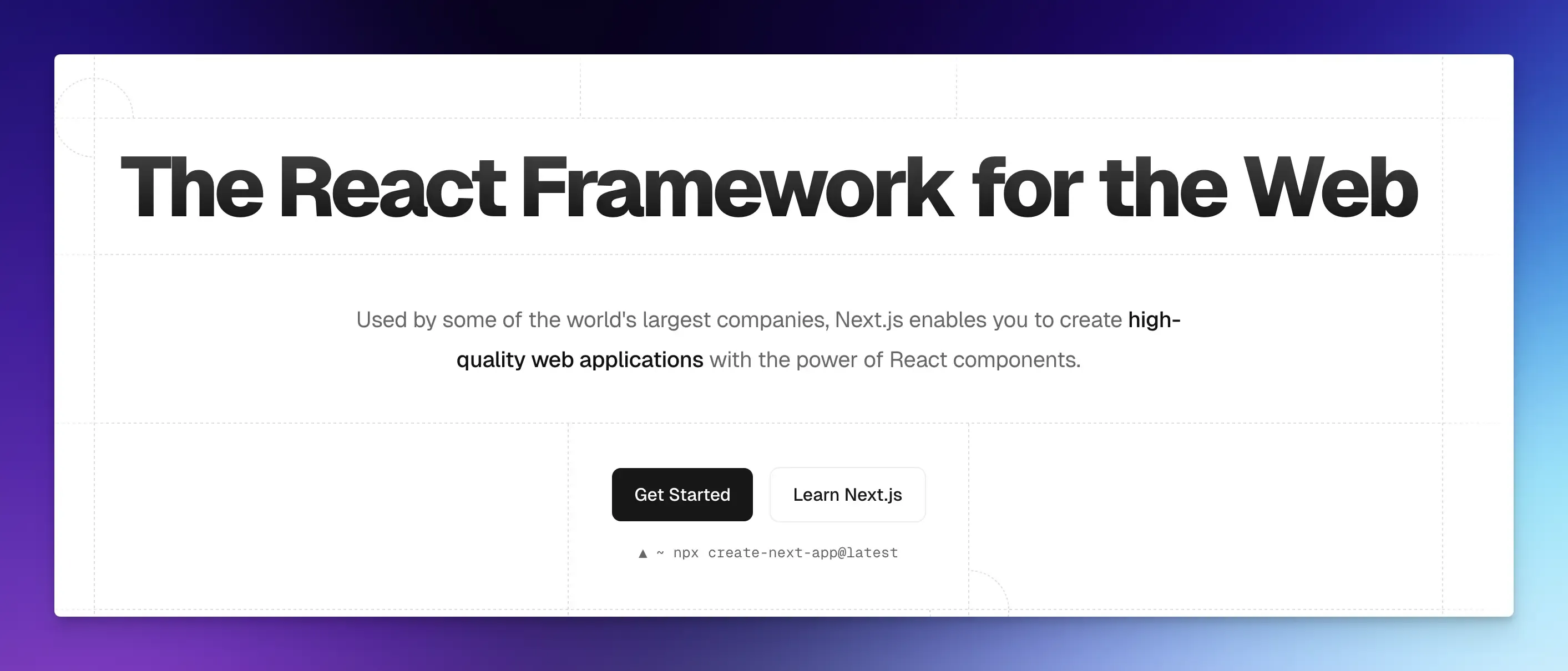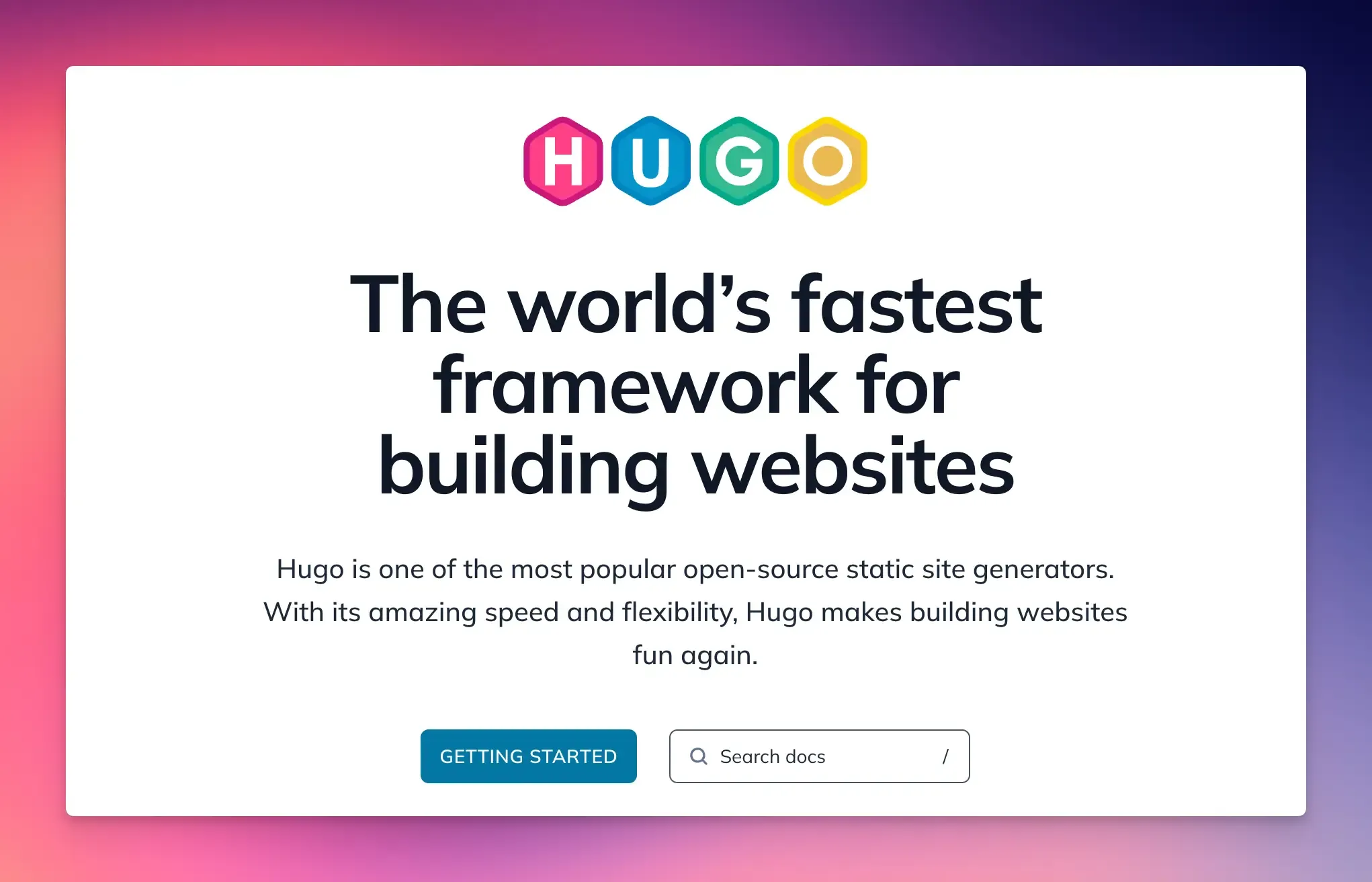
5 Best Ways to Create Static Websites in 2025
You need a fast online presence without the need for constant monitoring or sacrificing quality.
What if you could build websites that load almost instantly, cost very little to host, and need almost no maintenance?
Modern approaches exist that allow you to focus entirely on your content rather than technical complexities.
This is where static websites come in.
Static sites serve pages directly to visitors without delay and run efficiently on affordable, simple hosting.
Because they use simpler technology, they have fewer points of failure and attack, which means they can remain up and running with much less work from you.
This guide will show you the best ways to create static websites that perform well, delivering speed, savings, and security.
Let’s get started.
What is a Static Website?
A static website is a collection of pre-made HTML, CSS, and JavaScript files that are compiled into a single, static HTML file.
When you visit it, the server hands you these files exactly as they are stored. No database queries or server-side code are running in real-time to assemble the page.
It’s static because the content doesn’t change while you’re viewing it unless you interact with JavaScript.
Core features of a static website include:
- Pre-built Files: All pages are created in advance during build time. When users click to browse a static site, they will all see the same information, layout, and functionality. There is no personalized content because the files on a static site are pre-built, stored, and served to users in their current state.
- Simple Hosting: Static websites run on basic web servers or content delivery networks (CDNs). They don’t link to databases to retrieve content. All the data is included directly in the HTML files.
- Content Decoupled: Content is typically stored separately in Markdown files, a CMS, or APIs and pulled in during the build process.
- Front-end Focused: You primarily work with HTML, CSS, and JavaScript. Although JavaScript adds interactivity to static web pages, all interactions happen on the user’s browser. These are called client-side interactions, allowing visitors to perform actions like clicking buttons, expanding and collapsing dropdown menus, toggling content, and more.
Benefits of Creating a Static Website
- Superfast Speed: There are no round trips to databases or server processing. Pages load almost instantly, which improves the user experience and SEO.
- Security: Static sites are far more secure than dynamic sites since they do not require server-side interaction.
- Cost-Effective: Hosting is cheap, often free for small sites, because it requires minimal server resources.
- Low Maintenance: Fewer moving parts mean fewer things can break. You don’t have to worry about managing server software, databases, or complex updates.
- Easy Scaling: Static sites can handle massive traffic spikes effortlessly.
How to Create Static Websites?
Static websites are simple to create. However, there are various methods for creating them, with some being far easier than others.
Hand-Coded Static Sites (HTML, CSS, JS)
You plan your site’s purpose, content, and structure and then write every line of HTML, CSS, and JavaScript yourself in a code editor.
This is the least user-friendly way to accomplish this, and you need to be familiar with front-end technologies.
Best For: Small sites consisting of 1-5 pages and learning basic web development.
Static Site Generators (SSGs)
This is the most efficient approach, as it provides reusable components, content management, and build optimizations to strike a balance between power and simplicity.
You provide templates (components) and Markdown content, and then a static site generator combines them into static HTML files.
This technique is part of JAMstack, a modern web development architecture based on three key features: JavaScript, APIs, and Markup.
It is faster than developing everything from scratch because the static site generator creates static files for you.
Best For: Almost everything! Blogs, docs, marketing sites, portfolios, business sites.
Framework-Based SSGs
This approach utilizes popular JavaScript frameworks, such as React, Vue, and Svelte, which are specifically configured to output static HTML, CSS, and JavaScript during the build process.
It is quite popular for complicated user interfaces that benefit from a static core.
Best for: Sites that need a dynamic feel via client-side JavaScript after the initial static load. Developers who already use JS frameworks and want component power with a static output.
Headless CMS + SSG
In this method, you store and manage your content in a dedicated content management system backend such as Contentful, Sanity, or WordPress as Headless.
Your SSG pulls this content via API during the build process to generate the static site.
This separation of content management from development makes it ideal for content-heavy, static sites.
Best for: Sites where non-technical users need to update content frequently, such as blog posts, news, and product pages.
snappify will help you to create
stunning presentations and videos.
5 Best Static Website Generators
Here are some of the best static site generators you can use:
Astro

Astro is an open-source web development framework for building content-focused websites like blogs, marketing sites, documentation, and portfolios.
Unlike traditional frameworks that rely heavily on browser-side JavaScript, Astro prioritizes server-side rendering, which means it generates lightweight HTML upfront for faster page load speeds.
Key Features:
- Islands Architecture: Instead of making the entire page interactive, Astro treats interactive components as isolated “islands.” These islands load separately, keeping the rest of the page static and fast.
- Framework-Agnostic: It works with React, Vue, Svelte, and other popular frameworks.
- Hybrid rendering: Blend static pages with dynamically rendered pages to deliver personalized content. For example, you can generate a product catalog page statically and render user dashboards on demand.
- Content Collections: Organize Markdown/JSON files with built-in validation.
- Developer-Friendly: Supports TypeScript, Markdown, and visual tools like VS Code extensions.
- 52.2k GitHub stars and used by 249k developers.
Next.js

Next.js is a React framework by Vercel that extends beyond SSG to full-stack capabilities.
It supports both static sites and dynamic apps (server-rendered content), allowing you to choose the best approach for each page.
Its main advantage is that it balances React’s flexibility with the speed of static sites. You get component reusability without sacrificing performance.
Key Features:
- Client and Server Rendering: Combines static site generation with incremental static regeneration (ISR) for dynamic updates. You can update individual pages without needing to rebuild the entire site.
- Built-in Optimizations: Automatic image compression, code splitting, and font loading for improved user experience and SEO.
- File-Based Routing: Create routes by adding files to folders without manual configuration.
- API Routes Handlers: Pre-build API endpoints during compilation to securely connect with third-party services.
- 133k+ GitHub stars and used by 5m developers.
Gatsby

Gatsby is another React-based open-source framework designed to build fast, secure websites by pre-generating all pages as static files.
Its biggest advantage is its unified data layer, now enhanced by Netlify’s infrastructure. It connects to your data sources during the build process and merges content with React components.
Key Features:
- Unified Data Layer: Pulls data from any source, including CMS, databases, Markdown files, and APIs, into a single interface.
- Hybrid Rendering Options: In addition to static site generation, you can use deferred static generation and server-side rendering per page to get all the benefits of static websites without any limitations.
- Plugin Ecosystem: Gatsby boasts a vast plugin ecosystem comprising thousands of plugins for SEO, images, analytics, and more.
- CMS Integrations: Connect to WordPress, Sanity, or Contentful.
- Cloud Integration: Optimized for Netlify with deploy previews.
- 55.9k GitHub stars and used by 261k developers.
Hugo

Hugo is an open-source static site generator written in Go language.
It converts plain text files, such as Markdown and templates, into full HTML websites during the build process.
It prioritizes speed and simplicity, making it ideal for large-scale content sites.
Key Features:
- Unmatched Speed: Hugo creates pages faster than any major SSG. It can build a large site in seconds.
- Rich Theming System: It provides 300+ pre-built templates and multilingual support.
- Live Reload: Use Hugo’s embedded web server during development to see changes instantly as you edit.
- Built-In Taxonomies: Auto-generate categories or tags without plugins.
- 82.2k GitHub stars and used by 2.7k developers.
Eleventy
Eleventy is a static site generator written in JavaScript that turns templates (HTML, Markdown, etc.) and data into ready-to-deploy websites.
Unlike most tools, it doesn’t force you into a framework or dependencies; instead, it gives you complete control and adapts to your workflow without complexity.
Key Features:
- Template Flexibility: It supports multiple template languages, including HTML, JS, Liquid, Nunjucks, Markdown, and more.
- Zero Boilerplate: It does not require you to use a JavaScript framework. That means zero client-side JavaScript by default.
- Minimal Configuration: It works immediately with no setup. You can configure only what you need later.
- Simple Organization: Eleventy doesn’t force you to follow strict folder rules. It works with your project’s existing directory structure.
- 18.4k GitHub stars and used by 86.2k developers.
snappify will help you to create
stunning presentations and videos.
Final Words
Static websites are a smart choice when you want less stress and more results.
They’re faster and safer than many alternatives, and you don’t need complicated tools or constant updates to keep them running well.
Choose the approach that best suits your project, skills, and goals.
FAQs:
How do static sites handle high-traffic events without crashing?
Static sites are just files on a content delivery network, and traffic surges are automatically spread across global servers. There are no databases or server-side programming, which means no bottlenecks.
Can I add user logins or personalized content to a static website?
While static sites can’t handle real-time data natively, you can use third-party services like Auth0 or Clerk for secure logins and load personalized content after the initial page load via APIs.
